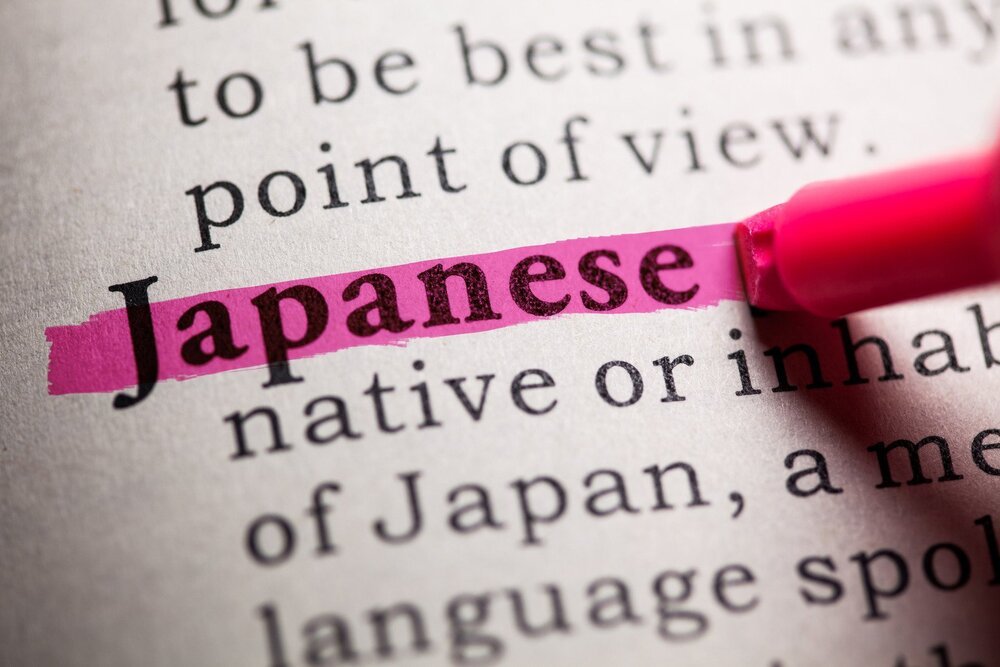

Introduction
Actually, You Don't Need to Learn Japanese to Order Food
Chain Restaurants
Sukiya, Matsuya, Yoshinoya
These restaurants often have meal ticket machines with various language options. You can complete your order without speaking a single word. These chains are known for their efficiency and simplicity, making it easy for tourists. Simply select your preferred language on the vending machine, choose your meal, pay, and hand the ticket to the staff. It's a straightforward process that minimizes the need for interaction, perfect for those who might feel anxious about the language barrier.

Ramen Shops

Izakaya (Japanese Pubs)
Visiting an izakaya is a must when traveling to Japan. While the food and atmosphere are fantastic, it can be challenging for non-Japanese speakers when faced with handwritten menus without pictures or foreign languages. These establishments offer a wide variety of dishes and drinks, and part of the fun is trying new things. In an izakaya, pointing at menu items or using your smartphone to show pictures of dishes can be very effective. Don't be afraid to use gestures to communicate, as this is a common and accepted way to bridge the language gap in Japan.

Tools and Skills You Need in Japanese Restaurants
Hands
Yes, your hands can solve your ordering problems. Many tourists worry about not speaking Japanese, but Japanese staff are usually patient and will try various ways to understand your order. If there's a photo menu, you don't need to learn Japanese; just point to what you want. This method is simple and effective, especially in busy or casual dining environments. Using your hands to gesture and point can bridge the communication gap and ensure you get the meal you desire.

Tips: Crossing your two index fingers in front of the staff is a local gesture for asking for the bill. This small gesture can make your dining experience smoother and more enjoyable. It's a simple yet effective way to communicate your needs without words.

Smartphone
While it may seem obvious, using your smartphone can be very helpful. Instead of using a translation app, show the staff a photo of the dish you want if you found it on social media or other channels. This can be particularly useful in smaller, local restaurants where English menus might not be available. Many tourists have found success by using their phones to show pictures or names of dishes they want to try. It's a modern solution that leverages technology to overcome language barriers.

How to Know the Most Recommended Dishes Without Looking Up Information Online? And Other Tips
Pay Attention to the Top Left Corner
In Japan, whether it's a meal ticket machine or a regular menu, the top left corner usually features the most recommended dishes. Restaurants believe people start reading from the top left, so their signature dishes are placed there. If you don't know what to order, trust me, choose from the top left! This tip can help you quickly identify popular and often best-selling items.

Set Meals (Teishoku)
In many Japanese restaurants, there are set meals (定食). If you're unsure about what to order, going for a set meal is a safe choice. These meals typically include the recommended dishes of the restaurant. Set meals offer a balanced and complete dining experience, often including rice, soup, a main dish, and side dishes.

Conclusion
This guide is for those who want to enjoy Japanese cuisine but struggle with learning Japanese. If you wish to try ordering in Japanese, you can find relevant information online. Japanese restaurant staff are very accommodating, so you don't need to learn Japanese; just try different ways to communicate your needs. By using gestures, your smartphone, and understanding some basic tips, you can enjoy a wide variety of delicious Japanese foods without stress.
Of course, if you can say "gochisousama" (ごちそうさま) (thank you for the meal) or "arigatou gozaimasu" (ありがとうございます) (thank you) after your meal, even better! Using these phrases shows appreciation and can enhance your interaction with the staff. These small efforts can make a big difference in your dining experience and show respect for the local culture.
Enjoy your culinary adventures in Japan, and remember, the language barrier should not prevent you from experiencing the rich and diverse food culture that Japan has to offer. Whether you're dining in a casual chain restaurant, a bustling ramen shop, or a cozy izakaya, these tips will help you navigate your meals with confidence and ease.
You can also check Japanese words and phrases in regard to meals on the blog page of “Breakfast, Lunch, and Dinner in Japanese.”



